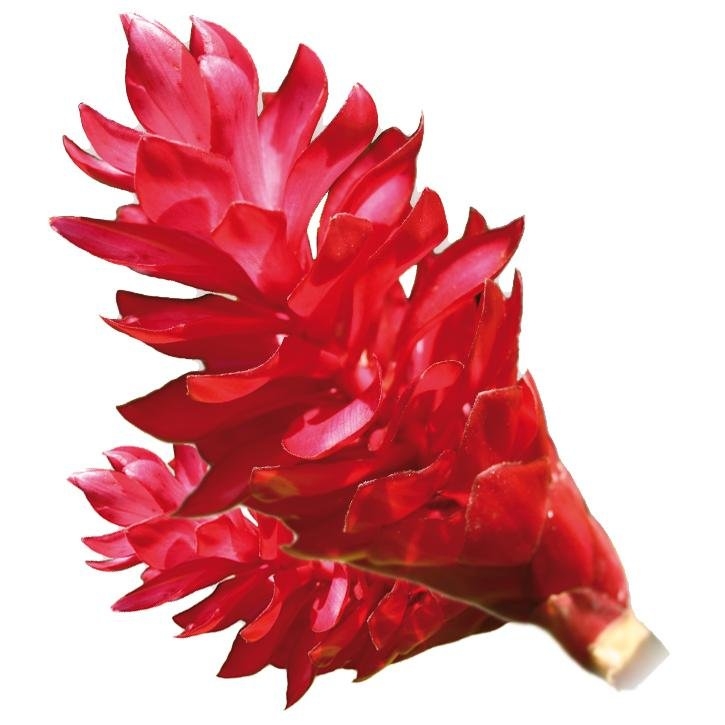Zingiberaceae family perennial herb, up to
Ginger is a plant native of tropical
The rhizome.
Internal use
External use
Real Farmacopea Española, Suplemento 1999.
Real Farmacopea Española, Suplemento 2001.
Pharmacopée Française IX Édition.
Plantas Medicinales. Thérapeutique-Toxicité. Christiane Vigneau. Masson, Paris 1985.
Herbal Drugs and Phytopharmaceuticals. Norman Grainger Bisset (Ed). Max Wichtl. CRC Press.1994.
Plantas Medicinales y Drogas Vegetales para infusión y tisana. Edición española a cargo de: Salvador Cañogueral, Roser Vila, Max Wichtl.1998.
Matière Médicale. RR Paris- H. Moyse. Masson 1981.
The Complete German Commission E Monographs. Therapeutic Guide To Herbal Medicines. Mark Blumenthal. American Botanical Council 1998.
Fitoterapia Aplicada. J.B. Peris, G. Stübing, B.Vanaclocha. Colegio Oficial de Farmacéuticos de Valencia 1995.
Fitoterapia: Vademecum de Prescripción. Plantas Medicinales. Colaboran: Asociación española de médicos naturistas. Colegio Oficial de Farmacéuticos de Vizcaya.
Plantas Medicinales. El Dioscórides Renovado. Pio Font Quer.
Guía de Campo de las Flores de Europa. Oleg Polunin. Ediciones Omega S.A. Barcelona, 1977.
Pharmacognosy 9th edition. Varro E. Tyler – Lynn R. Brady – James E. Robbers.
Farmacognosia. G.E. Trease y W. C.Evans. CECSA.
Plantas Medicinales. Margarita Fernandez y Ana Nieto. Ed Universidad de Navarra. EUNSA 1982.
100 Plantes Medicinales. Max Rombi. Romart 1998.
Pharmacognosy, Phytochemistry, Medicinal Plants. Jean Bruneton. Lavoisier Publishing.
Enciclopedia de las Hierbas Medicinales. Tina Cecchini. Ed. de Vecchi S.A. 1995.
CEMAT, Jengibre. Guatemala: Centro Mesoamericano de estudios sobre tecnología apropiada. Fichas técnicas sobre plantas medicinales, Serie 3, No. 9, 1ra. Ed. Enero 1979.
Thomson, W. A. R. Guia práctica ilustrada de las plantas medicinales. Barcelona: Ed. Blume, 1981. 220p.
Duraffourd, C., L. D. Hervicourt y J. C. Lapraz. Cuadernos de fitoterapia clínica. Barcelona: Ed. Masson, 1986. 86p.
Reynolds, J. E. F. (Editor). Martindale: The Extra Pharmacopoeia. London: The Pharmaceutical Press, 1989, 1896p.
Fuentes, V. y M. Granda. Estudios fenológicos en plantas medicinales I. Rev Cub Farm 18(2): 249-263, 1984.
Roig, J. T. Plantas medicinales, aromáticas o venenosas de Cuba. La Habana: Ed. Científico Técnica, 1988. 1125p.
Robineau, L. Hacia una farmacopea caribeña. Sto. Domingo: enda-caribe/UNAH, 1991, 475p.
